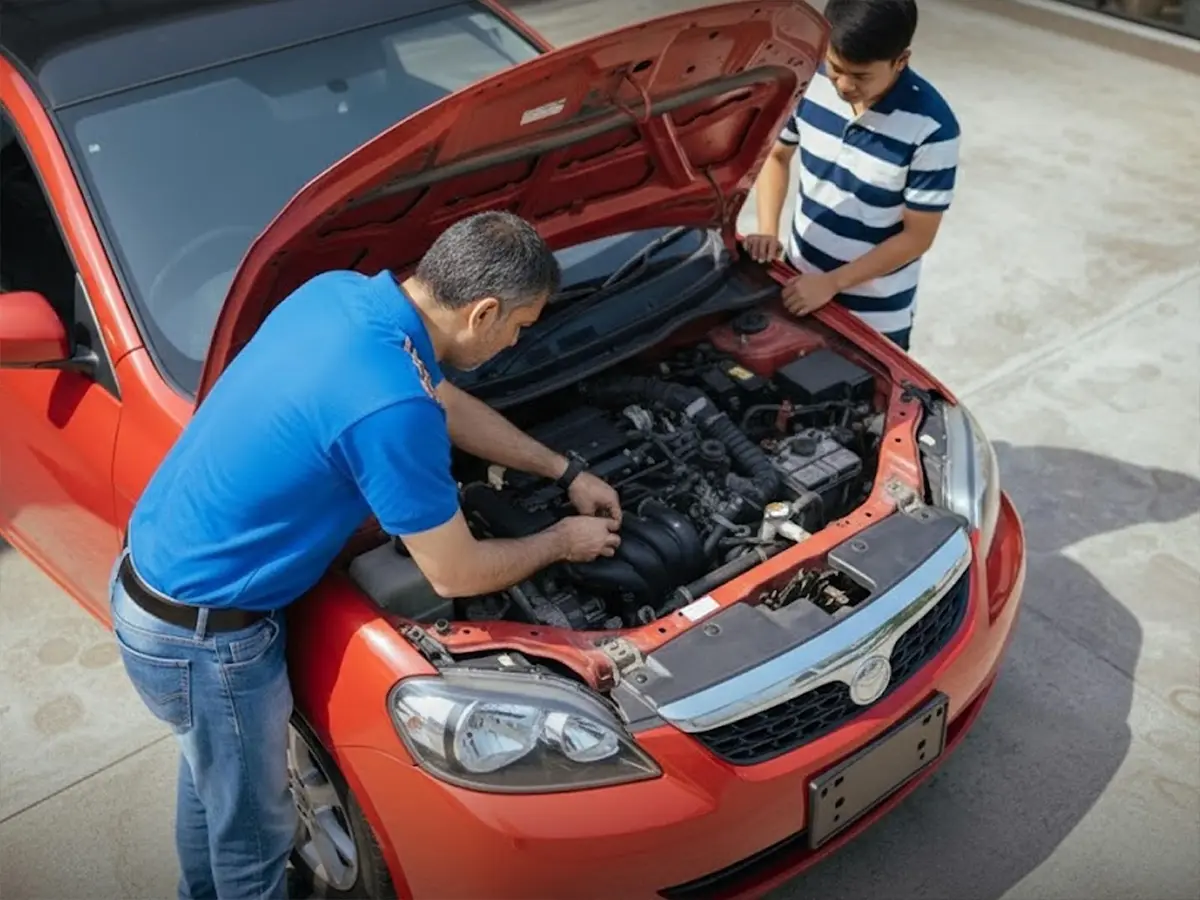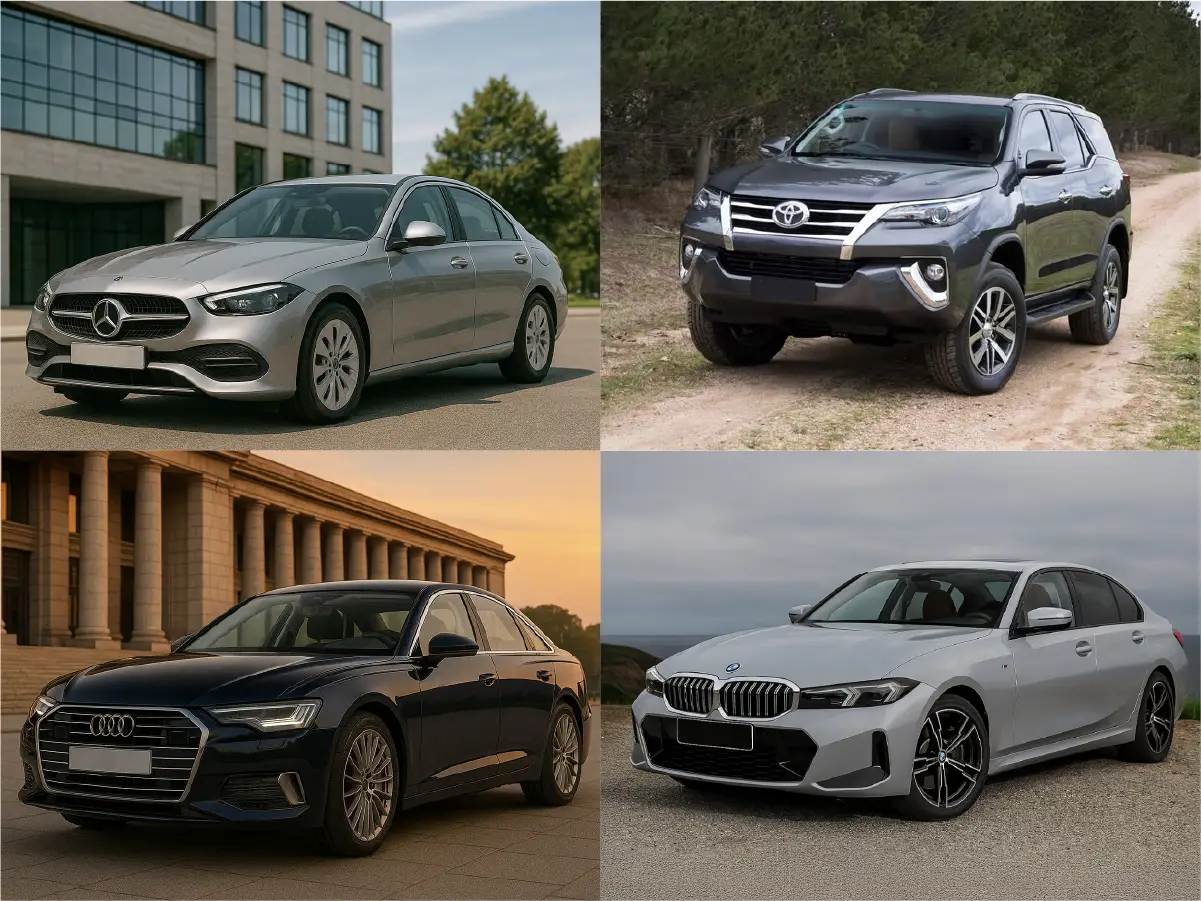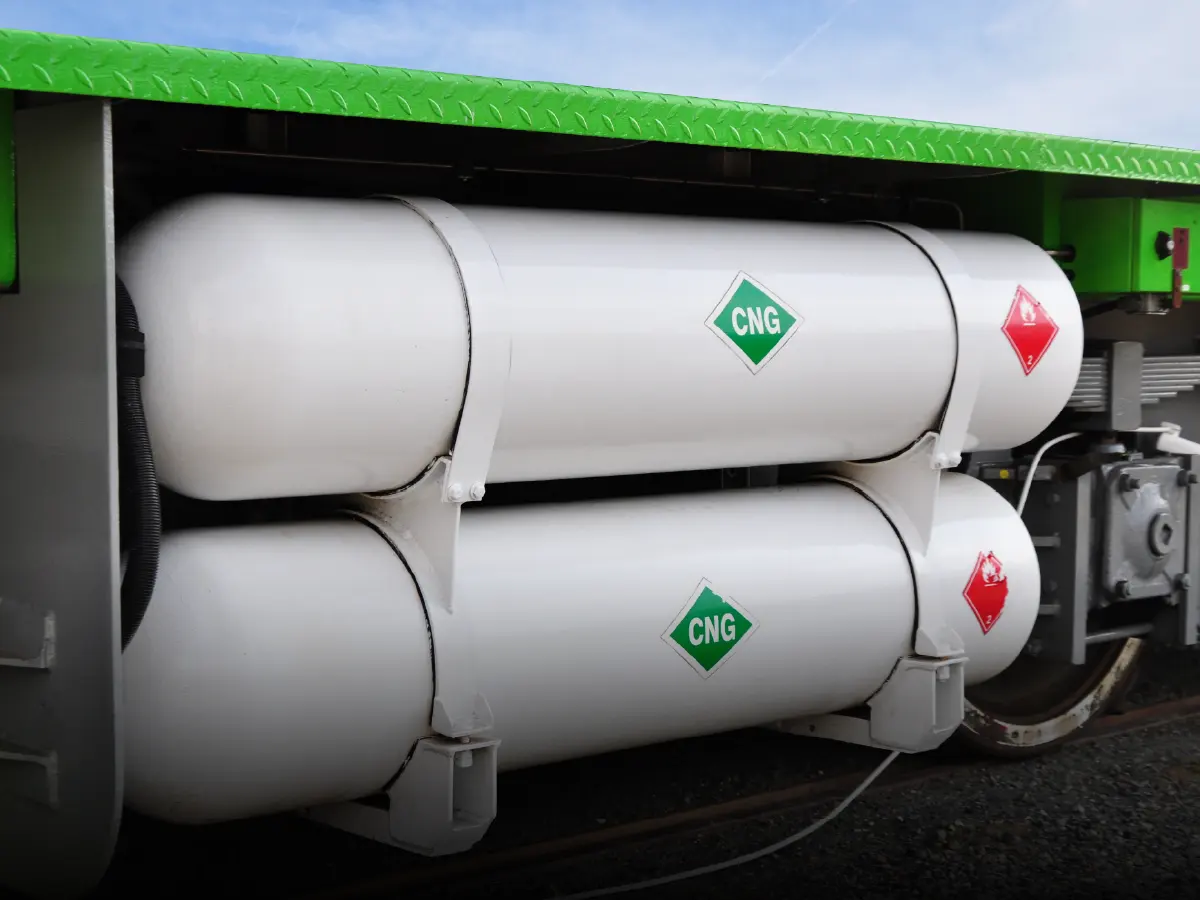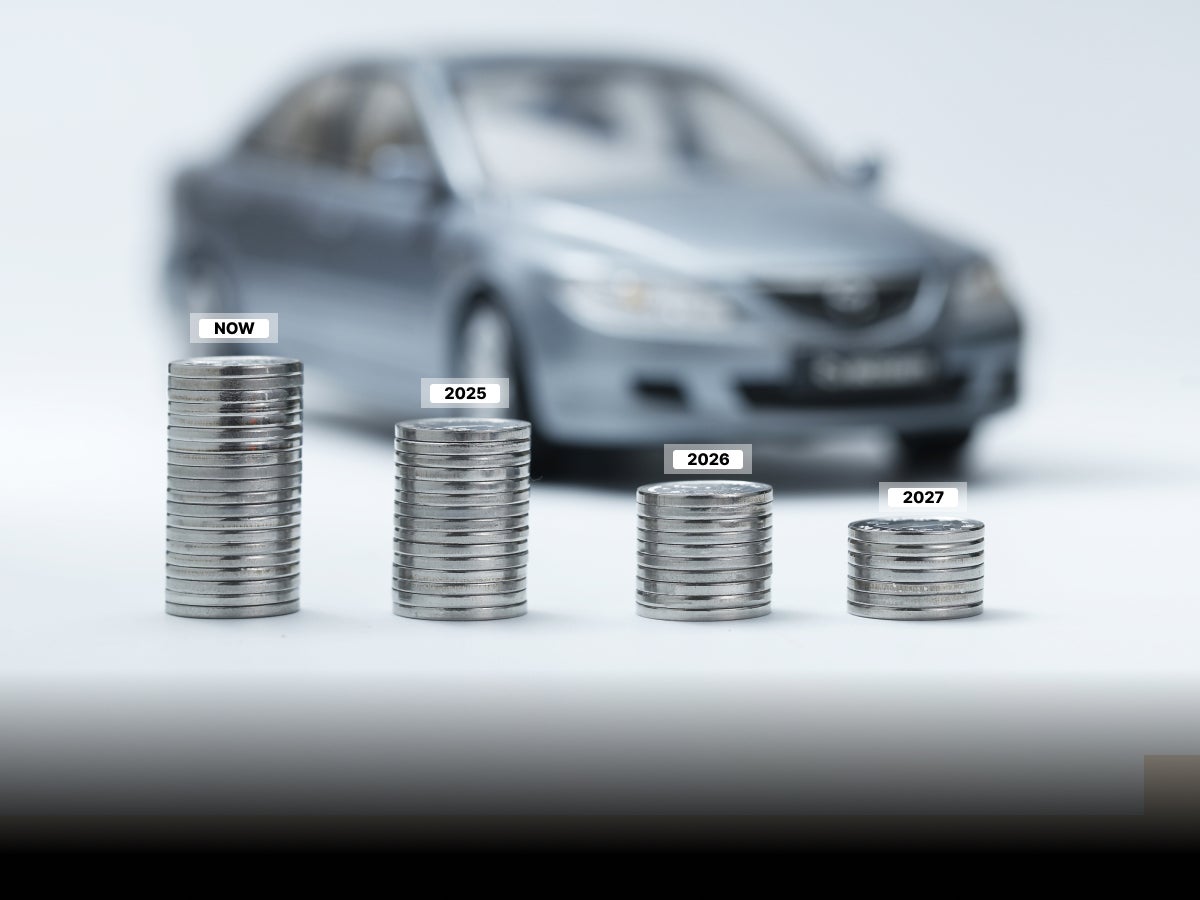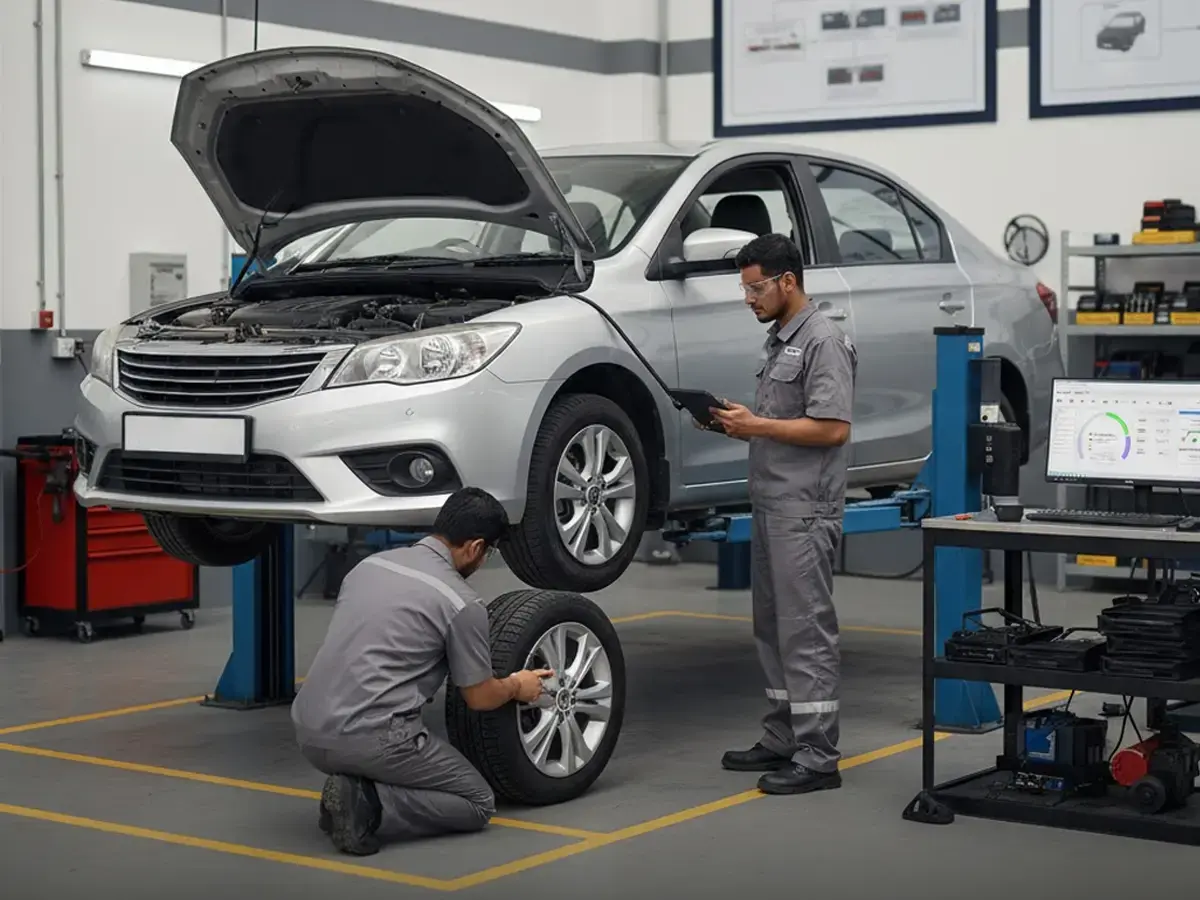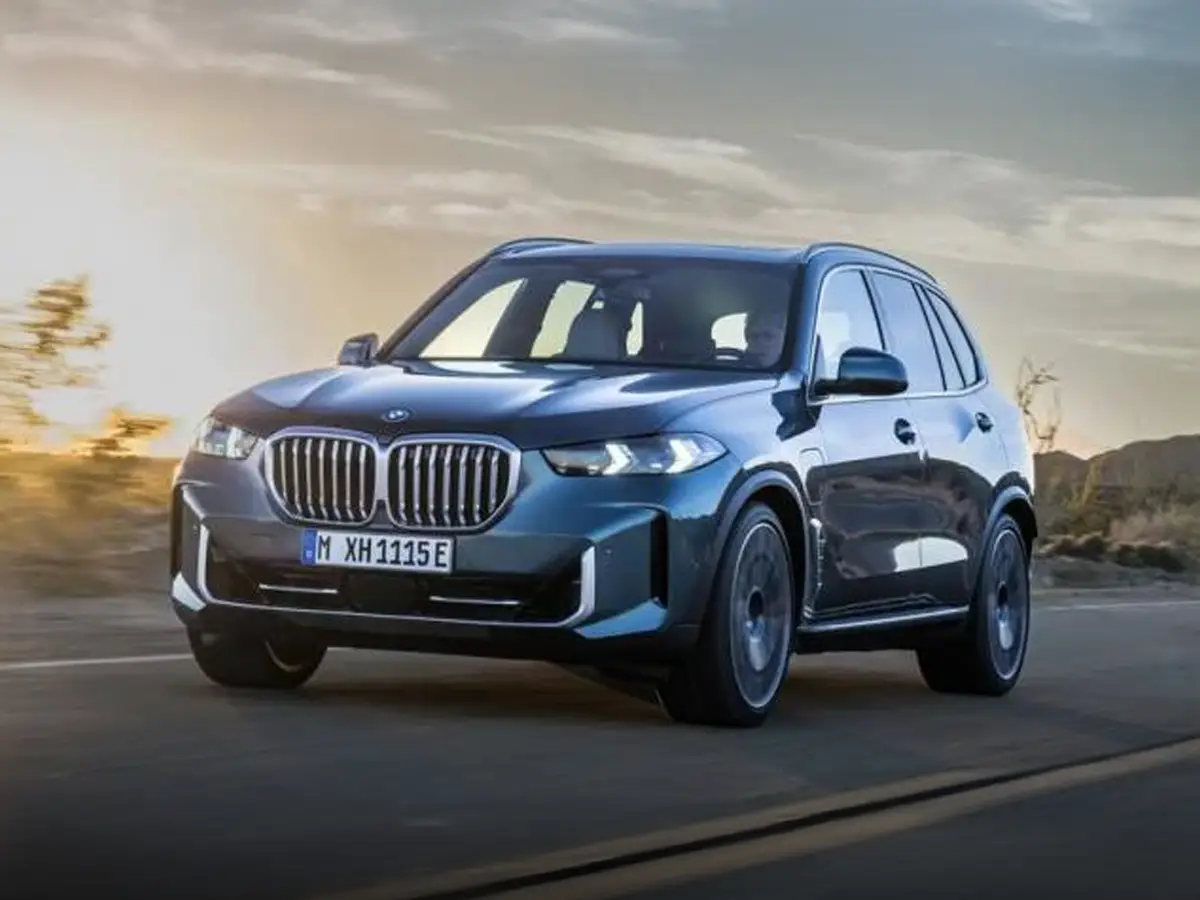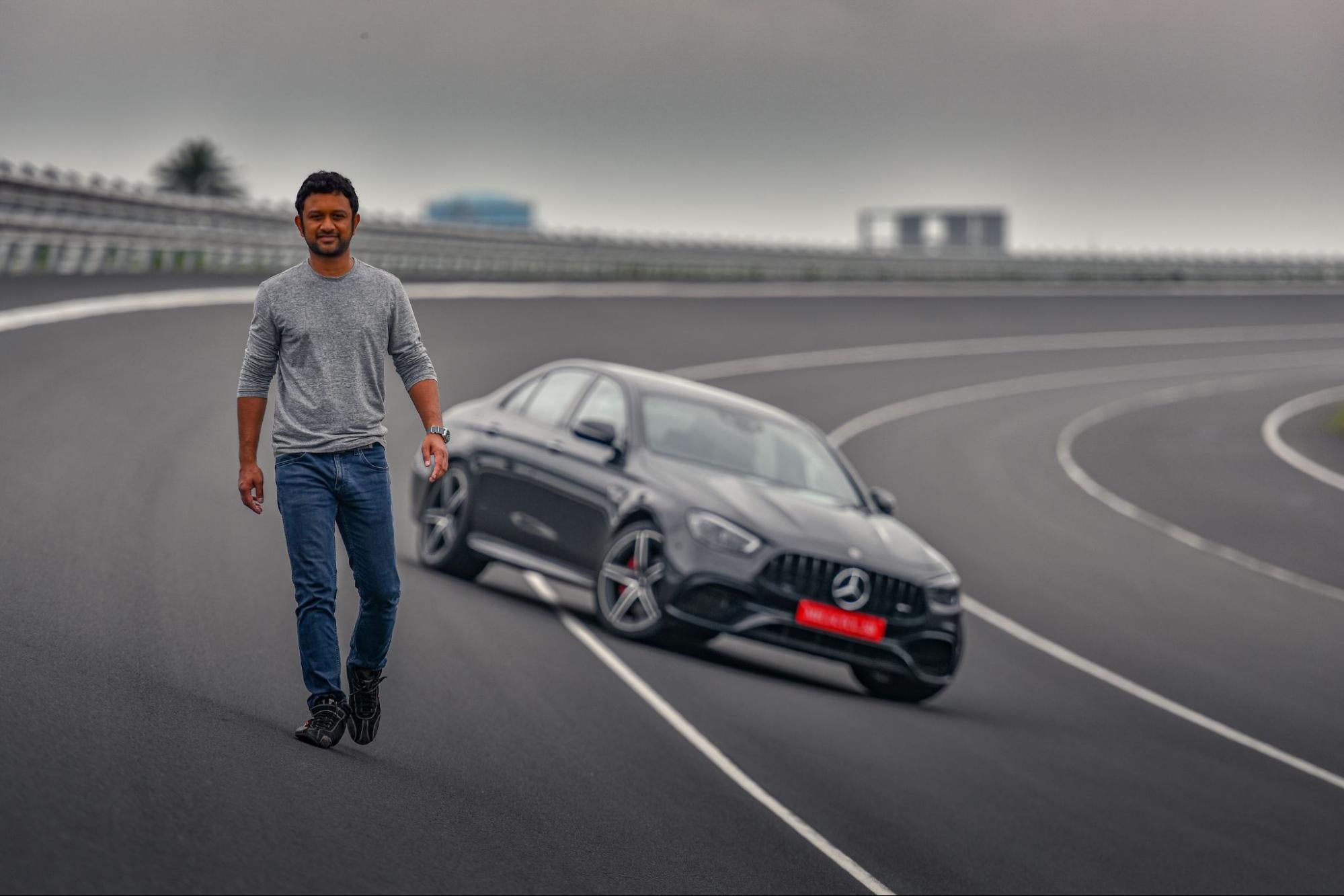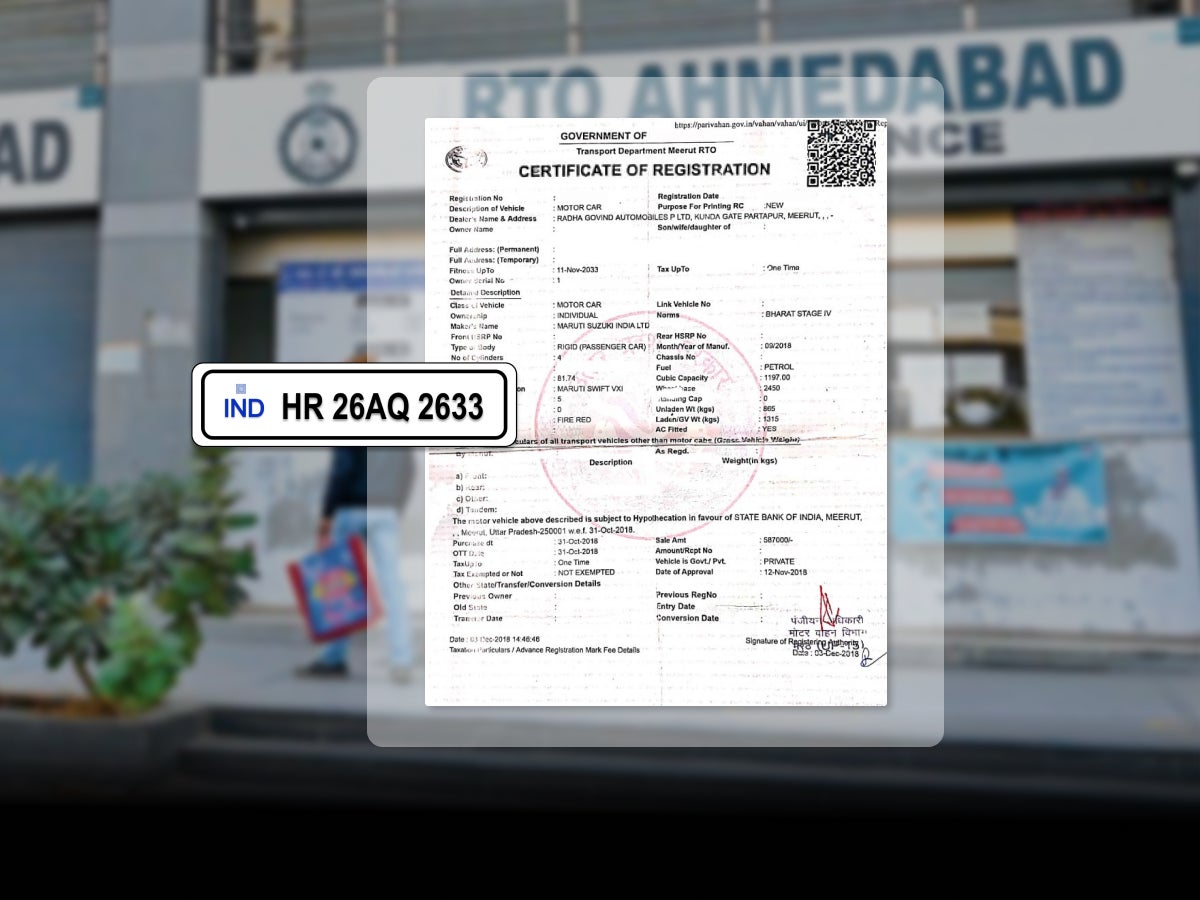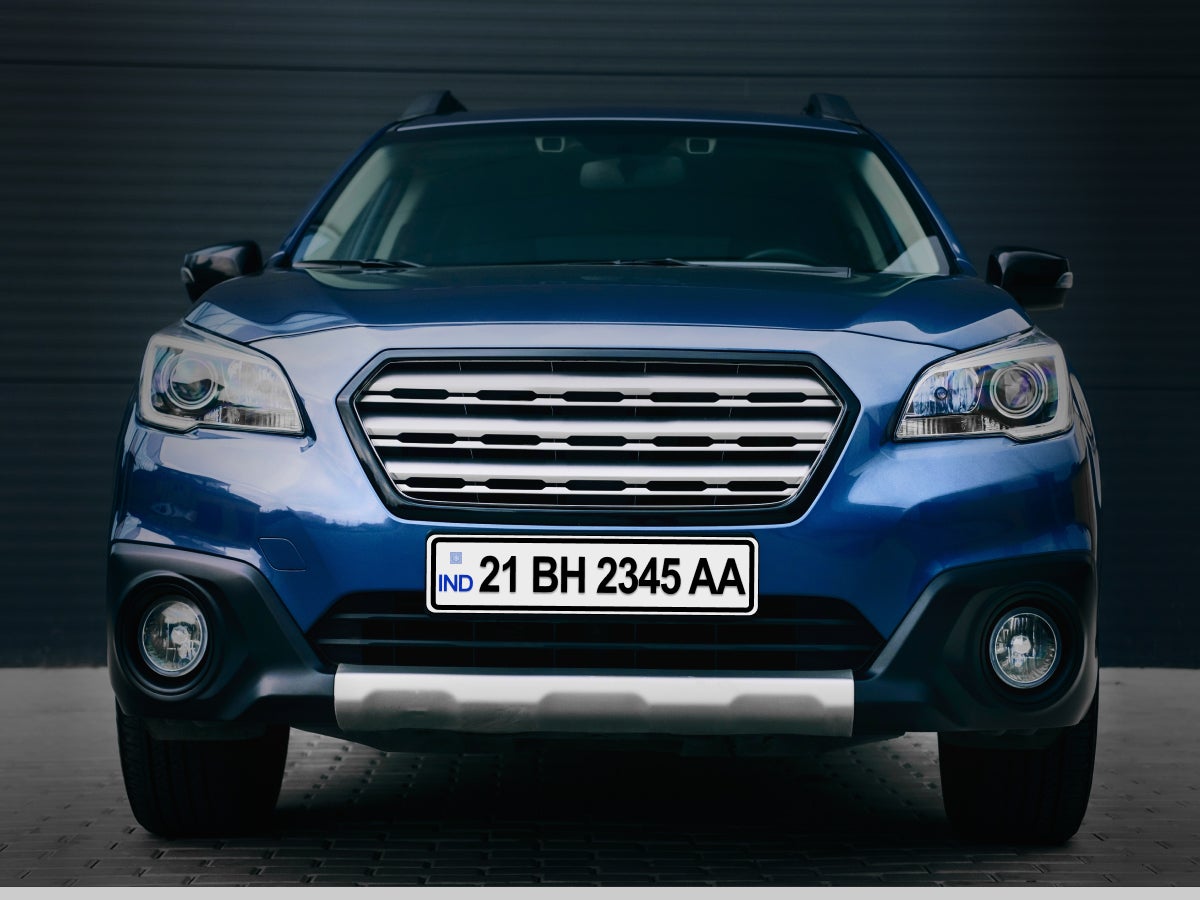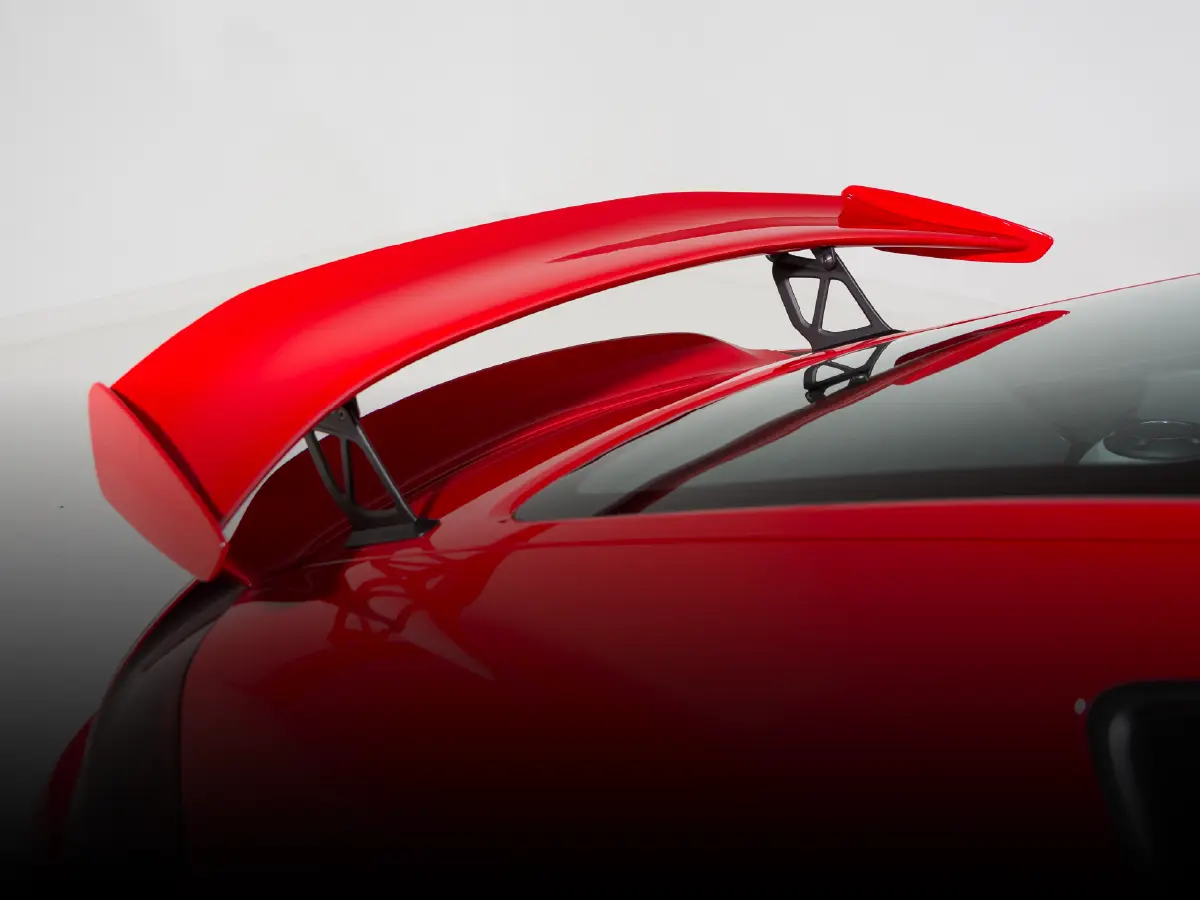

Car Spoiler: What Is It, and Should You Get One?
- 1A rear wing improves downforce and stability at higher speeds on performance cars
- 2Car spoilers help reduce drag and lift, enhancing its aerodynamic performance
- 3Not every car benefits from having a spoiler or rear wing setup
Spoilers and rear wings are more than just bold design elements, they’re rooted in aerodynamic engineering for cars. While many drivers add them for their sporty aesthetics and style, these components were originally developed to serve practical purposes. Both spoilers and rear wings are designed to manage airflow around the vehicle, but they do so in different ways and offer distinct benefits depending on how and where you drive.
At higher speeds, aerodynamic lift can reduce the tyre grip on the road, leading to instability. Spoilers help minimise this by disrupting airflow and reducing turbulence, particularly over the rear of the vehicle. Rear wings, in contrast, generate downforce, pushing the car down to improve traction and cornering performance. Understanding this difference is key if you’re considering one of these additions to your new or second hand car.
What Is a Car Spoiler?

Whether you’re aiming for better handling on the highway, track-day improvements, or just a sportier look, it’s important to know what a car spoiler does. Due to the popularity of aftermarket accessories, a car spoiler and a rear wing are used as interchangeable terminologies although both have specific functions and uses. A car spoiler is an aerodynamic device designed to disrupt or "spoil" unfavourable air movement across a vehicle's body during motion. Typically mounted on the rear, spoilers manage airflow to reduce lift and, in some cases, reduce drag as well. This results in improved grip with stable handling, especially during high-speed driving.
There are two major categories of car spoilers:
- Boot lip spoiler: Usually fitted flush with the vehicle's boot lid, they redirect turbulent air and reduce drag to stabilize the car.
- Rear Wing: Raised wing-like structure that generates downforce by redirecting air flow upwards, thus effectively pressing the car downwards for better grip.
How Does a Rear Wing Work?

The primary function of a rear wing is to improve traction by generating downforce. As your car speeds up, air moves faster over the curved upper surface of the rear wing than the flatter underside. This difference in air pressure creates a downward force, pressing the rear tyres harder onto the road. Think of it as an inverted wing of an airplane, where instead of lift (thus flight), a rear wing on a car does the opposite to prevent lift.
The resultant extra grip that is generated from a rear wing helps improve:
- High-speed cornering.
- Braking stability.
- Overall vehicle control under demanding driving.
The effectiveness of a rear wing increases with speed, which is why they're more common on the best super cars and race cars. It isn’t uncommon to see track cars too sporting them or drivers adding them on for their aerodynamic benefits. However, these aero-optimised devices are precision engineered and off-the-shelf units bought from a car accessories market may only offer visual appeal with no aero benefits. If at all, they may even be detrimental to the car’s performance and fuel efficiency by increasing drag.
Rear Wing vs Spoiler: What's the Difference?
| Feature | Rear Wing | Spoiler |
| Placement | Elevated above the boot | Flush with the boot lid |
| Function | Creates downforce | Reduces drag and lift |
| Common Use | High-speed performance cars | Sedans, hatchbacks for aesthetics and minor aerodynamic help |
| Effectiveness at Low Speed | Minimal | Slightly more efficient |
| Visual Impact | Aggressive and sporty | Subtle and integrated |
Do You Need a Rear Wing?

Before installing a rear wing, consider your driving style and use case. Adding one for purely aesthetic reasons is a personal choice however, it may reduce the car’s aerodynamic performance and increase drag. Rear wings from renowned brands and performance shops would be tailored for high performance cars and will help increase aero performance. Here's a breakdown of the things to consider before adding one to your car:
You Might Benefit From a Rear Wing If:
- You drive a high-performance car.
- You regularly travel at high speeds (track days, highway driving).
- You want better stability while cornering at speed.
- You plan to improve your car’s performance for racing purposes or track-based events.
You Might Not Need One If:
- You mainly drive in urban or city conditions.
- Your car is not built for high-speed performance.
- You’re adding it purely for looks.
- It increases drag without adding real-world aero benefits.
Rear Wing Pros and Cons
| Pros | Cons |
| Improved grip and downforce | Can increase drag if not tuned correctly |
| Enhanced braking and cornering stability | Adds weight to the car |
| Sporty, performance-focused look | Costly to install and tune |
| Can boost resale value on performance cars | May be useless on low-speed city cars |
Key Takeaways
- A rear wing helps improve downforce, offering better traction at high speeds.
- Spoilers are better suited for reducing drag in daily-use cars.
- Installing a rear wing on a city commuter or entry-level hatchback likely won’t offer any tangible benefits.
- Rear wings can improve handling, braking, and road feel for enthusiasts and track drivers.
- Choose a design that's functional, not just cosmetic, for best results.
Do You Need a Car Spoiler?

Before installing a car spoiler, think about how and where you drive. Unlike rear wings, which generate downforce, spoilers are primarily designed to manage airflow and reduce drag at moderate speeds. While they can slightly improve fuel efficiency and high-speed stability, their real-world impact on daily driving may be minimal unless the car frequently travels on highways.
Adding a spoiler for visual appeal is common, and most stock or aftermarket spoilers are subtle enough not to disrupt the vehicle’s aerodynamics.
In fact, they are even offered as accessories and add-ons by manufacturers like Maruti Suzuki and others. But if your goal is to enhance performance, you’ll need to ensure the spoiler is engineered for function and not just form. In the case of buying a used car, check if any added spoiler was factory-fitted or added by the previous owner for aesthetics.
You Might Benefit From a Car Spoiler If:
- You regularly drive on highways or at sustained higher speeds.
- You want to reduce lift and improve straight-line stability.
- Your car’s body shape could benefit from better airflow management (i.e sedans and hatchbacks more than SUVs).
- You’re adding one that’s been wind tunnel-tested or OEM-approved.
You Might Not Need One If:
- You mostly do low-speed city driving.
- Your car already has stable handling at regular speeds.
- You’re adding it purely for looks with no performance gains.
- It disrupts the airflow and worsens fuel economy due to poor design or improper placement.
Car Spoiler Pros and Cons
| Pros | Cons |
| Reduces drag for improved fuel efficiency | Minimal performance gain at low speeds |
| Enhances high-speed stability | Can be purely cosmetic on many factory models |
| Blends seamlessly with OEM design | May not improve traction like a rear wing |
| Affordable and easy to install | Poorly installed spoilers may disrupt airflow |
| Subtle aesthetic upgrade | Less effective in performance applications |
Key Takeaways
- A spoiler is designed to reduce aerodynamic drag and smoothen airflow over the car.
- It helps improve straight-line stability, especially at highway speeds.
- Most spoilers on factory vehicles are aesthetic and offer limited performance benefits.
- Better suited for daily-use sedans and hatchbacks rather than track-focused cars or regular SUVs.
- Ideal for buyers who want subtle styling enhancements without the complexity of a rear wing.
Conclusion

A rear wing and a car spoiler are both aerodynamic upgrades, but they serve slightly different purposes. A rear wing is built to generate downforce, enhancing grip and stability at higher speeds making it ideal for track cars, super cars and high performance builds. They may be slightly beneficial for cars used in spirited highway or hill driving too. Car spoilers, on the other hand, are designed to manage airflow and reduce drag at the rear of the car. They’re more suited to everyday cars that see frequent highway use but don’t require aggressive cornering grip.
If your car is primarily a daily driver used in city or low-speed conditions, adding a spoiler might be the smarter and more cost-effective choice. Always match any upgrade with your driving habits and ensure it’s properly installed for it to serve its purpose without negatively impacting performance or efficiency. Finally, check with your local RTO for car modifications to ensure legal compliance.
Frequently Asked Questions
Expand all